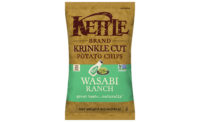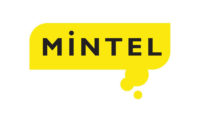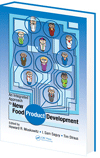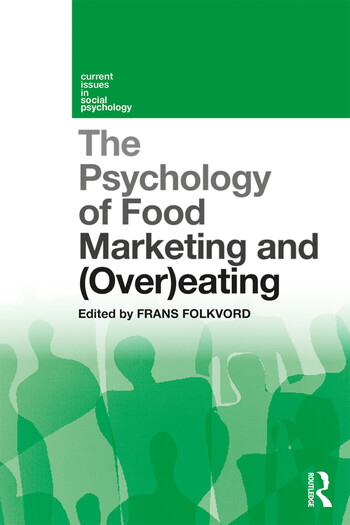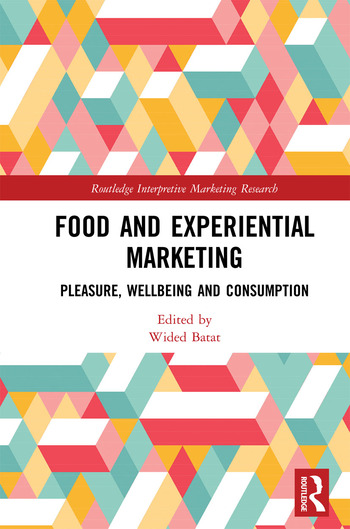2018 Predictions: Packaging
Mintel predicts five global packaging trends
Next-Gen Food Packaging

Looking to 2018, Mintel predicts five major worldwide trends will present both challenges and opportunities for manufacturers, brands, and retailers in packaging markets. Spanning the universal themes of preservation, automation, aesthetics, sustainability, and trust, these trends provide a full view of next year’s global packaging industry.
1. Packaged Planet
The throwaway culture of today will evolve into consumers who understand and embrace the role of packaging as a primary means to reduce global food and product waste.
According to Mintel research, 50% of US grocery shoppers agree that the right packaging can help reduce food waste. With more and more consumers concerned about the billions of tons of wasted food each year and shoppers seeing the cost of this waste on their wallets, people will actively seek solutions.
Brands need to act now, exploiting on-pack communication tools to educate consumers to the benefits packaging can bring, from extending shelf life of food to providing efficient and safe access to essential products in developed and under-served regions of the world.
2. rEpackage
As more consumers embrace online shopping, packaging will play a pivotal role in brands’ and consumers’ ecommerce experiences.
As convenience is key for ecommerce, brands must consider how packaging can alleviate, if not eliminate, consumer frustration with over-packaged and under-branded goods sold online. The time is now for brands to consider when, not if, they will enter the online retail and ecommerce packaging fray.
3. Clean Label 2.0
Aiming for packaging designs that enlighten consumers’ purchase decisions, brands will reject approaches that offer too much or too little as they can leave shoppers more confused than informed.
Though consumers are more informed than ever, they may reject brands if they feel overloaded with information, which leads to questioning of provenance, authenticity, and transparency.
Where mass brands fear stepping outside a category’s design status quo, craft brands often pare back too far and become candidates for de-selection due to being too far outside consumer’s comfort zones of marketing expectation. “Essentialist” on-pack communication that rejects excess information and design elements to focus on key product qualities or package functionality can lead to greater consumer engagement.
4. Sea Change
Plastic packaging adrift in the world’s oceans will become the catalyst driving brands to rethink packaging in a context consumers can understand and act upon.
Sourcing packaging material from sea waste highlights the greater sustainability issue, but is not a solution in and of itself. Reducing the likelihood of packaging waste entering the sea in the first place offers a greater potential for reducing the impact of plastic packaging on the ocean environment.
5. rEnavigate
Brands will look to contemporary packaging formats to help reinvigorate the center-of-store aisles less-trafficked by younger shoppers.
Shopper habits are changing, both in frequency of shopping and in how consumers navigate the store. Young shoppers in particular are increasingly “shopping the periphery,” and turning their backs on processed, ambient, and frozen offerings in the center of the store. According to Mintel research, one third (34%) of US consumers aged 18-34 shop for center store foods most often at grocery stores compared to three in five (62%) of those aged 55 and older.
Supermarkets are now fighting back by refreshing store layouts to reflect this new “mission-based” shopping style. Brands will need to respond and leverage packaging to refresh the center of the store experience and earn loyalty among Millennial shoppers. Packaging features such as transparent materials can create a feeling of openness and trust, as well as aligning with Millennials’ interest in fresher, healthier foods. Contemporary design, recyclability, or unique shapes can also draw in younger consumers and make shopping the store center more appealing.
Originally appeared in the December, 2017 issue of Prepared Foods as Next-Gen Packaging.
Looking for a reprint of this article?
From high-res PDFs to custom plaques, order your copy today!



